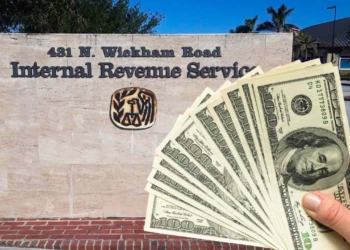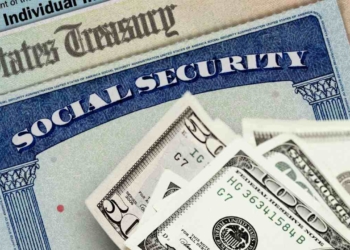The IRS set April 15 as the deadline to pay all the money you owe the Internal Revenue Service, but some have it on May 1, 2025, if they qualify as a disaster victim. Actually, some taxpayers may not have enough money to pay. If you are in this situation, it is best to contact the Agency in order to agree on a payment plan which may include interest. Many taxpayers who have not filed or paid by now must be wondering if they will be charged interest or if they will have to face penalties for late filing/payment.
As a matter of fact, the IRS reminds taxpayers that when they file their 2024 tax return late, they will be charged interest on any unpaid balance. Of course, they may also be subject to the failure-to-pay and the failure-to-file penalties. Therefore, it is essential to avoid this situation because they are not good at all for your finances.
IRS & interest rates
Actually, the Agency reminds taxpayers who may not file or pay on time that interest accrues on the unpaid balance. Besides, it also compounds (makes it worse) daily from the due date of the return. This will not stop until you pay the IRS the balance in full.
Do not forget that you can request an extension of time to file as long as you pay the tax you owe the Internal Revenue Service. Here’s some important information:
- The Agency claims that the interest rate for taxpayers other than corporations is the federal short-term rate plus 3% in 2025.
- However, the federal short-term rate is determined every 3 months.
- For the current quarterly interest rate on underpayments, search “quarter interest rates” on the official IRS website.
IRS & the failure to pay or file penalties
The failure-to-pay penalty is what millions of taxpayers have avoided because they have already paid their taxes. Nevertheless, some have not been able to do so yet and they may be charged for failing to pay their tax liability by the April 15 deadline. Here’s what the IRS says about penalties:
- The late payment penalty is 0.5 percent of the tax liability you owed after the due date on April 15, 2025, for each part of a month or month the tax remains unpaid, up to 25 percent.
- For your information, you will not have to pay the failure-to-pay penalty if you can prove a reasonable cause for not being able to pay on time.
- Important information: Ten days after the Internal Revenue Service issues a final notice of intent to levy or seize property, the 0.5 percent rate increases to 1 percent per month.
- Please note, the penalty rate is 0.25 percent for each month (or part of a month) in which an installment agreement is in effect.
The failure-to-file penalty is charged on tax returns filed after April 15, 2025, or after the extended due date when there is no reasonable cause for late filing.
- In 2025, the failure-to-file penalty is five percent of the unpaid tax liability for each month (or part of a month) that a tax return is late. The penalty will not exceed 25% of your unpaid taxes.
- If both a failure-to-file and a failure-to-pay penalty are pertinent in the same month, the combined penalty is five percent (4.5% late filing and 0.5% late payment) for each month (or part of a month) that your return was late, up to 25%.







